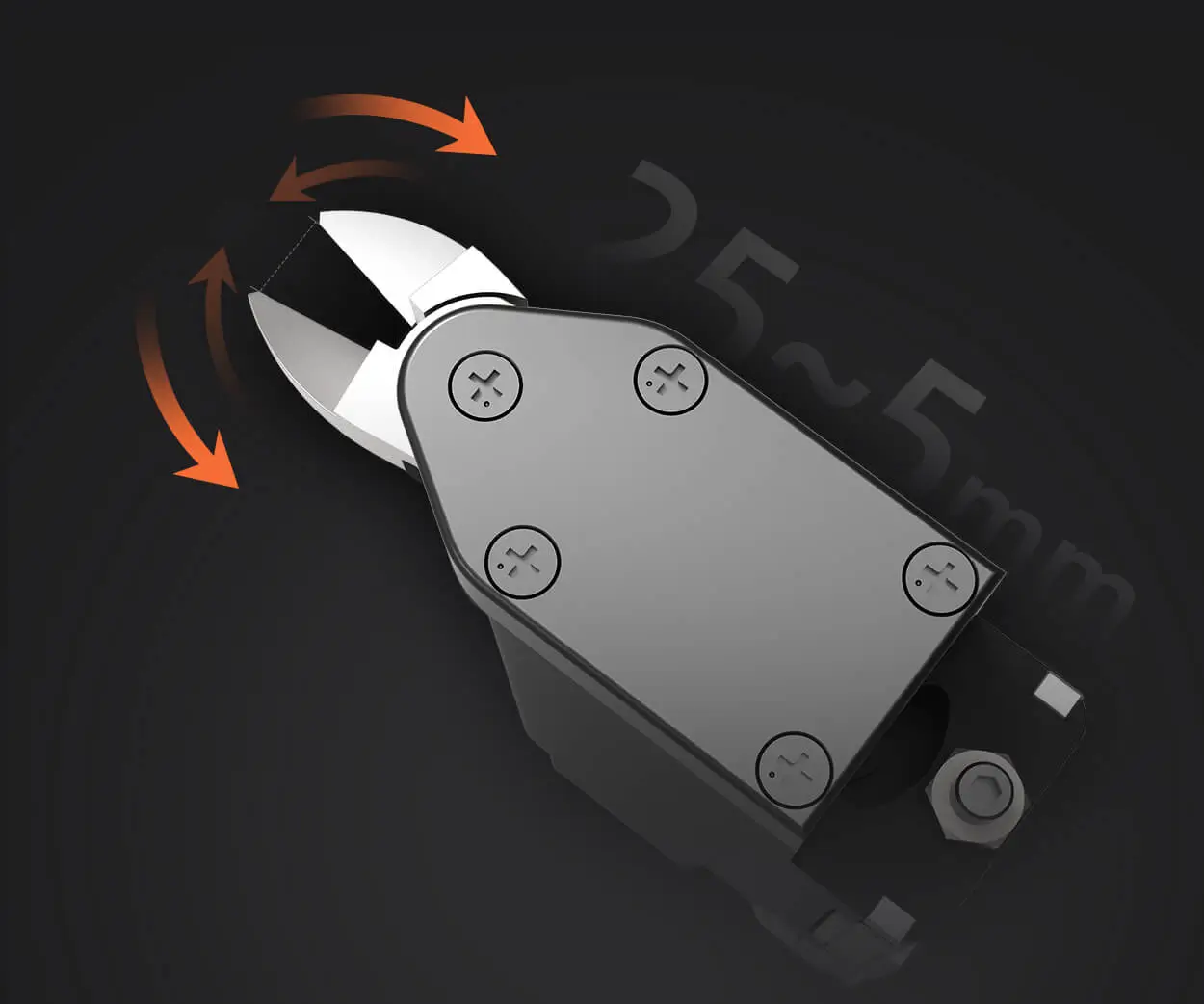Imagine a tiny robotic arm that moves with the precision of a surgeon’s hand—that's what a servo motor-powered robotic arm offers. It's not just a gadget; it’s a game-changer for automation, education, and even hobbyist projects. Why do so many enthusiasts and industry insiders turn to this little marvel? Because it delivers smooth, reliable motion without breaking the bank.

Think about how a servo motor works. It’s like the brain behind the movement, constantly adjusting, fine-tuning its position, torque, and speed. No lag, no wobble—just seamless actions that mimic real-life dexterity. When integrated into a robotic arm, it transforms simple blocks of metal and plastic into a tool capable of delicate tasks, from picking up tiny objects to intricate assembly tasks.
What makes this combination so appealing? First, its adaptability. You can program it to perform complex sequences, making it perfect for prototyping or educational demonstrations. Second, its durability. A servo motor's feedback system guarantees precise control, improving performance over time. And let’s not forget affordability—compared to larger automation equipment, a robotic arm powered by a high-quality servo motor is surprisingly accessible.
Now, picture a workshop with a robotic arm that can sort small parts faster than a human eye—quick, efficient, and consistent. Or imagine a classroom where students build their own functional robots, learning about mechanics and control systems firsthand. That’s what these servo-driven arms bring to the table.
But let’s get real—what about challenges? Sure, tuning the servo’s controls can take some patience. Not all servo motors are created equal, and picking the right one depends on your specific needs. Do you need more torque for heavier objects? Or is speed more critical? It’s about finding the right balance.
Some people wonder: can these robotic arms handle complex tasks? They absolutely can, but it takes a bit of programming finesse. With the right setup, they can perform multiple operations in tight sequences, even mimicking human-like movements. That’s a huge leap for small-scale automation or creative projects.
Have you ever seen a tiny robotic arm whip a small component from place to place with handmade precision? It’s mesmerizing. That tiny servo motor may be small, but it packs a punch—delivering power, accuracy, and endless possibilities. It’s not just about tech; it’s about turning ideas into reality, one move at a time.
If you’re looking to step into automation or just want a versatile project partner, a robotic arm using servo motors could be your new best friend. It’s a mix of science and art—a little engineering magic that makes things happen. And at the core? Well, that core is the servo motor, quietly powering performance and opening doors to creative solutions.
Established in 2005, Kpower has been dedicated to a professional compact motion unit manufacturer, headquartered in Dongguan, Guangdong Province, China. Leveraging innovations in modular drive technology, Kpower integrates high-performance motors, precision reducers, and multi-protocol control systems to provide efficient and customized smart drive system solutions. Kpower has delivered professional drive system solutions to over 500 enterprise clients globally with products covering various fields such as Smart Home Systems, Automatic Electronics, Robotics, Precision Agriculture, Drones, and Industrial Automation.




































